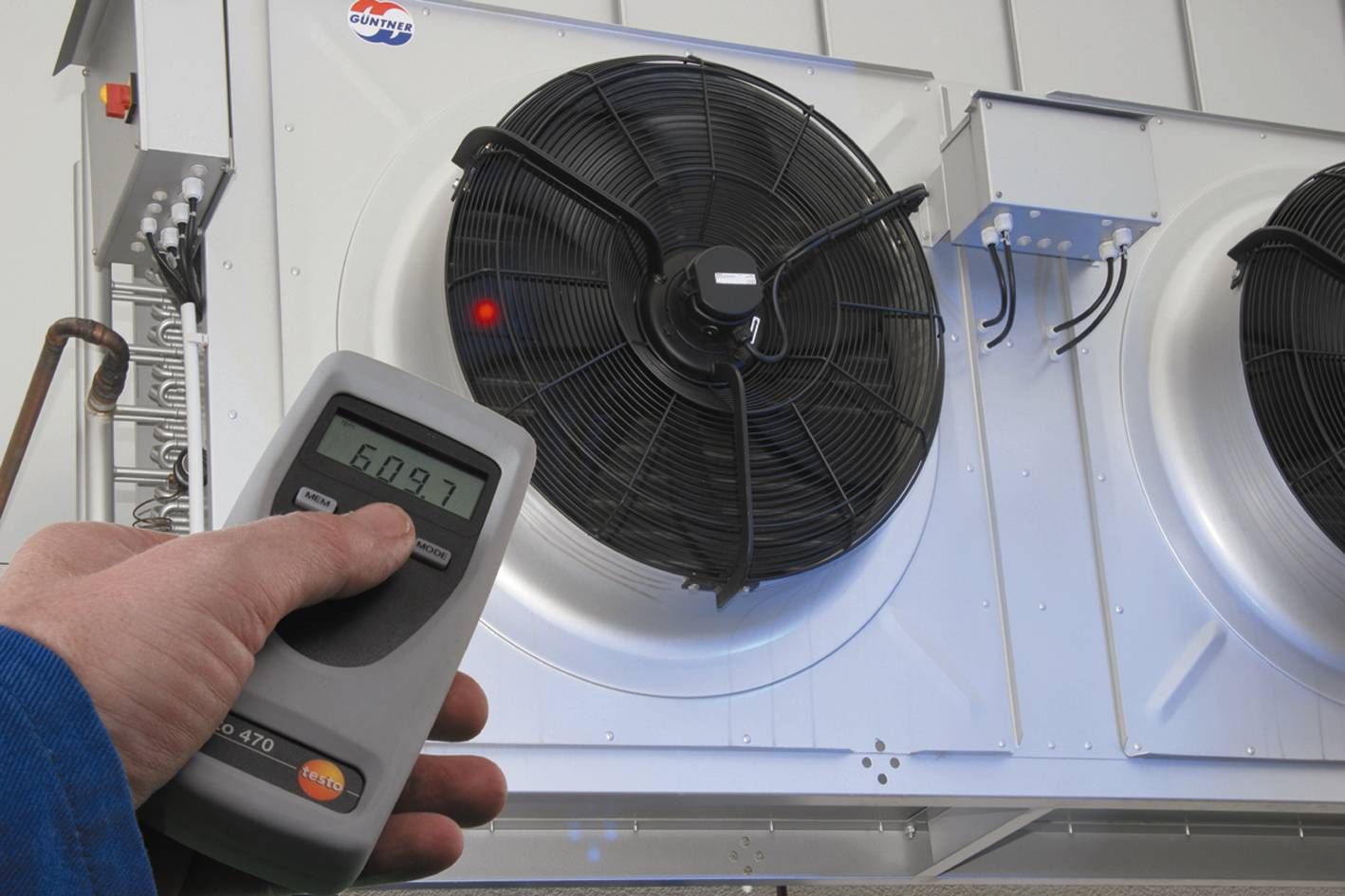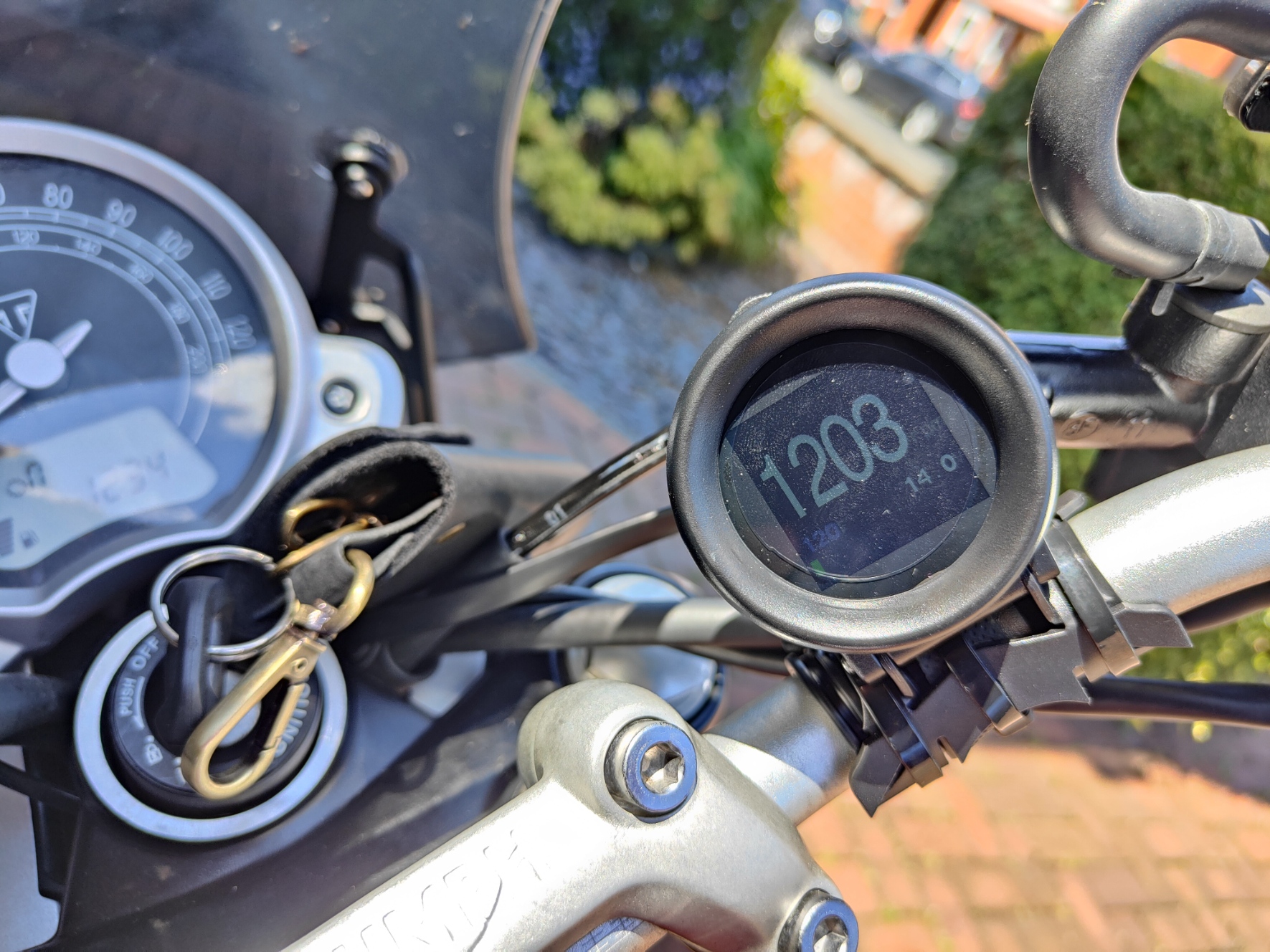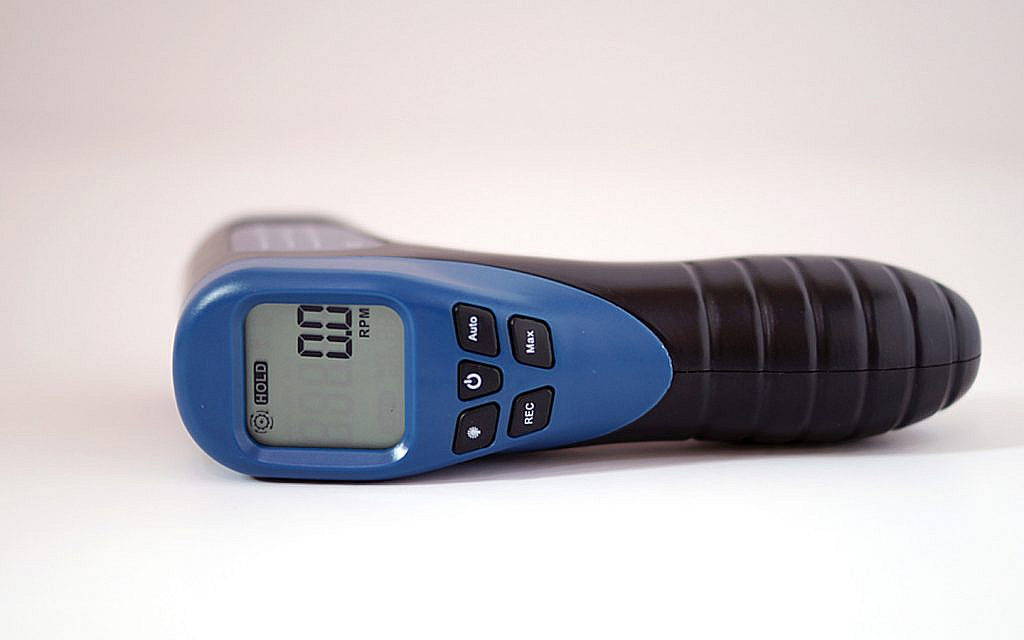Tachometers are remarkable tools found in many devices used in our daily lives, yet few understand their true importance. So, what does a tachometer do? Knowing how a tachometer works and its vital role can enhance both our knowledge and appreciation of technology.

Introduction to Tachometers
Tachometers measure rotational speed, usually in revolutions per minute (RPM). Commonly used in vehicles, they also have applications in various industries. Understanding this device will make you appreciate its contribution to technological advancements.
The Origin of Tachometers
The term tachometer comes from the Greek words “tachos,” meaning speed, and “metron,” meaning measure. Initially, it was a simple mechanical device but has evolved significantly over time.
Types of Tachometers
Mechanical Tachometers
These are the traditional types, often consisting of a rotating dial. They are less accurate but highly durable.
Digital Tachometers
These are modern and provide accurate readings. They often include additional features such as memory storage and data analysis capabilities.
Components of a Tachometer
Understanding what does a tachometer do involves looking at its core components:
- Sensor
- Signal Processor
- Display
Sensor
The sensor detects the rotational speed. It could be magnetic, optical, or mechanical.
Signal Processor
The signal processor interprets the data from the sensor and converts it into a readable format.
Display
Displays the rotational speed, usually in RPM, on a screen (digital) or dial (mechanical).
How Tachometers Work
The core function of a tachometer is to measure rotational speed. When an object rotates, the tachometer detects the frequency of rotation through its sensor. The data is processed and displayed for the user.
Automotive Applications
In vehicles, tachometers monitor engine speed to ensure optimal performance and fuel efficiency. They indicate when an engine is over-revving, which can prevent damage.
Industrial Applications
Tachometers are crucial in industrial settings for monitoring machinery and equipment. They help in maintaining consistent speed, improving productivity, and reducing wear and tear.
Quality Assurance and Tachometers
For Quality Assurance professionals in industries, tachometers play a critical role. By ensuring machinery operates within set RPM limits, they contribute to maintaining high production standards.
Advanced Tachometer Features
Modern tachometers come with advanced features like Bluetooth connectivity, data logging, and integration with other monitoring systems. These features make them versatile tools in both automotive and industrial applications.
Tachometer Maintenance
Regular calibration is essential for maintaining the accuracy of tachometers. Both mechanical and digital types require periodic checks to ensure they are functioning correctly.
Common Issues and Solutions
Inaccurate Readings
Caused by a faulty sensor or improper calibration. Regular maintenance can avoid this problem.
Display Problems
Often occur in digital models due to software glitches. Restarting the device or updating the software can resolve these issues.
Future of Tachometers
With advancements in technology, the future of tachometers looks promising. Emerging trends like IoT integration and real-time data analytics will make them even more indispensable.
Real-World Examples
Many high-performance vehicles feature advanced tachometers that monitor various parameters beyond just RPM. Similarly, in industrial settings, integrated tachometer systems provide comprehensive monitoring capabilities.
External Resources
For those interested, more information can be found on ScienceDirect or Britannica.
FAQs
How does a tachometer measure speed?
Tachometers measure speed by detecting the rotational frequency of an object and converting it into a readable format, usually RPM.
Can tachometers be used in non-automotive applications?
Yes, tachometers are widely used in various industrial applications to monitor machinery speed and ensure optimal performance.
What are the types of tachometers?
There are mainly two types: mechanical and digital. Mechanical tachometers are traditional and durable, while digital tachometers offer more accuracy and additional features.

More Resources
For further learning, you can check out the Genetic Analysis or Wafer Polishing Inspection for more insights into the applications of tachometers.
